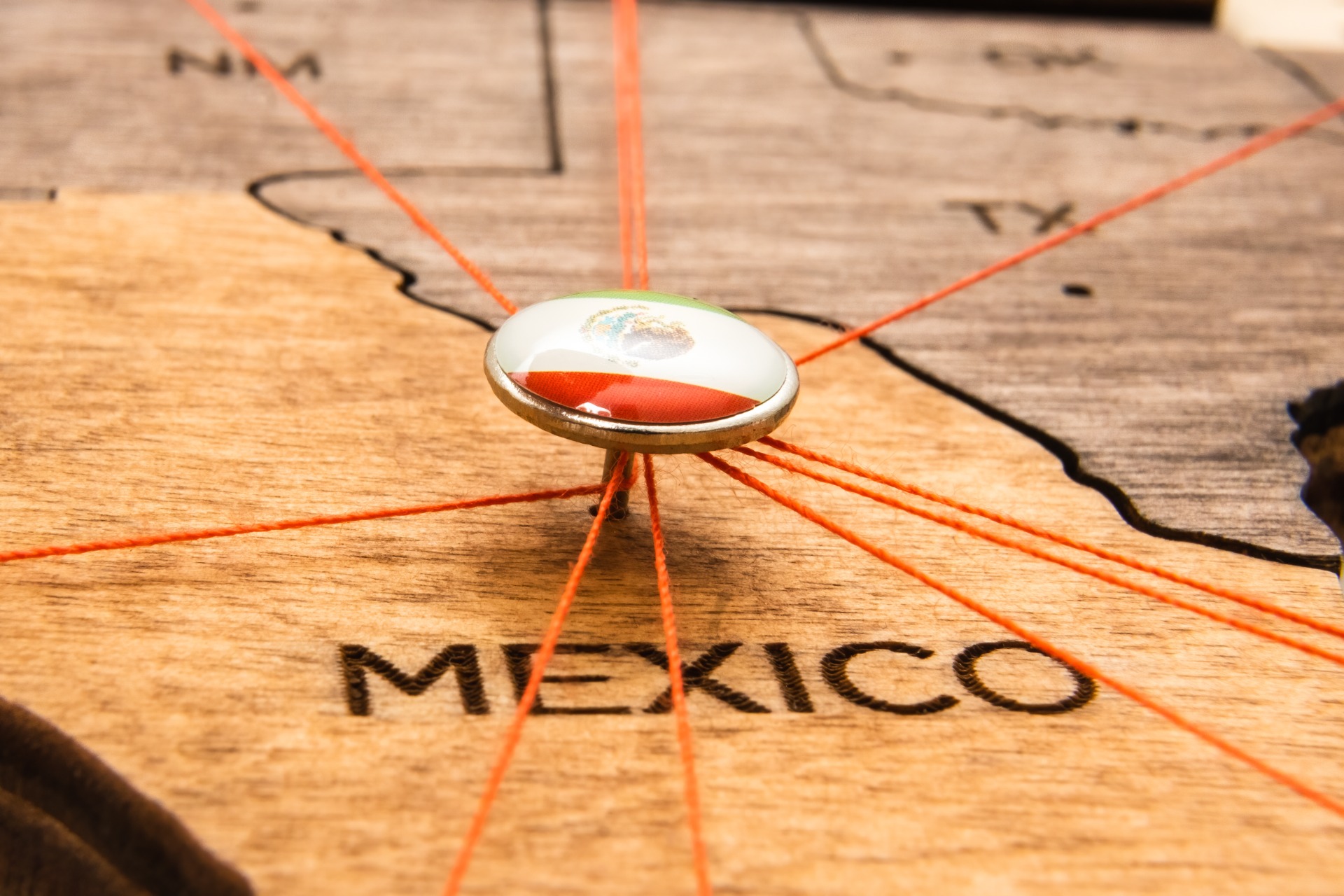
Expanding Nearshoring in Mexico: Insights into the CIIT Project
Latin America plays a crucial role in the international trade market, acting as a vital link in global supply chains, and nearshoring in Mexico is gaining popularity. However, the region’s full potential is obstructed by significant infrastructure challenges that remain below par by international standards, according to the Economist Intelligence Unit’s 2024 report.
In response to these challenges, the development of Mexico’s Corredor Interoceánico del Istmo de Tehuantepec (CIIT) marks progress in expanding nearshoring in Mexico. CIIT, a multimodal logistics platform connecting the Gulf of Mexico with the Pacific Ocean, introduces a new international trade corridor, consolidating Mexico’s role in these operations.
This blog post will share insights into the CIIT project, highlighting its strategic step forward in international trade and its development’s influence on nearshoring in Mexico.
What is the CIIT Project?
The CIIT project is Mexico’s initiative to modernize trade and logistics across the Isthmus of Tehuantepec, the shortest route between the Atlantic and Pacific oceans. This project will include the upgrade and construction of the following components:
- 173 kilometers of roadways
- 300 kilometers of railway lines
- A comprehensive logistics platform interconnected by more than 1,200 kilometers of railway tracks
- 10 industrial parks named “Development Poles for Well-being”.
The project also includes expanding ports and airports and developing multiple energy projects.
Establishing a Global Trade Corridor
The CIIT, along with the United States-Mexico-Canada Agreement (USMCA), seeks to redefine commerce with a new trade route directly connecting Europe and the Asia-Pacific. This initiative solidifies trade within the USMCA framework, promoting solid connections across these crucial regions.
Also, with its railway and road operations starting in 2023, the CIIT is expected to expand trade and industrial activities in Mexico’s southeast, presenting a modern alternative to traditional trade routes like the Panama Canal.
How CIIT Improves Nearshoring in Mexico
The CIIT project is planned to transform Mexico into a leading destination for nearshoring by bringing production closer to the U.S. and improving the flow of manufactured goods. Through developing an efficient intermodal network that includes railways, highways, and ports, CIIT enables quicker and more cost-effective product distribution.
Addressing the logistical challenges of establishing 10 industrial parks along the Isthmus, the government of Mexico has implemented promising incentives to attract private investors. These include cutting VAT from 16% to 8% and reducing income tax from 30% to 20%.
Advantages of Nearshoring in Mexico
Mexico’s industrial space has increased since 2019, as reported by Bloomberg. This growth attracts US-based buyers with several key benefits, such as:
- Geographic proximity
- Zero tariffs
- Low labor costs
- A well-established manufacturing base
These benefits help reduce risks by shortening supply chains. Moreover, Bloomberg’s data from July 2023 confirms this scenario, revealing that Mexico has surpassed China by accounting for 15% of US imports.
Therefore, CIIT presents a unique opportunity for U.S. companies to take advantage of nearshoring in Mexico, further consolidating the country’s position in the global supply chain.
Impact of CIIT on International Trade
The Panama Canal is facing significant challenges due to a prolonged drought that has drastically reduced water levels, causing congestion and considerable delays.
This situation has adversely affected shippers by reducing transit times and restricting the number of vessels that can pass through the canal, forcing them to carry lighter loads.
Considering that about 5% of the world’s maritime trade uses the Panama Canal, the CIIT project comes across as a promising solution to address these global trade bottlenecks by offering an alternative route. Moreover, the CIIT has the objective to:
- Optimize international trade efficiency
- Reduce shipping times
- Provide a wider range of transit options between the Pacific and Atlantic oceans
This initiative seeks to reduce the dependence on the Panama Canal as the primary maritime corridor of the region.
The Nearshore Company: A Trusted Partner in Nearshoring
As the global trade industry expands, QIMA reports that 57% of US and EU-based companies consider nearshoring a critical component of their supply chain strategy. This emphasizes the strategic role of nearshoring for companies seeking to streamline their operations.
At The Nearshore Company, we are closely monitoring the CIIT development to assist companies in taking advantage of the opportunities this new trade corridor presents for nearshoring in Mexico.
Furthermore, our expertise in simplifying logistics and optimizing supply chain efficiency is focused on driving transformative growth. Together, we are prepared to explore the opportunities offered by this new project.
Conclusion
As 2024 progresses, the evolution of global trade and nearshoring is set to expand, with Mexico’s CIIT project at the forefront of this innovative infrastructure development. This marks a shift in the future of nearshoring in Mexico and introduces new dynamics within the nearshoring sector.
Predictions from the International Chamber of Commerce (ICC) indicate that Mexico will receive over $40 billion in Foreign Direct Investment (FDI) and achieve a growth rate exceeding 2.5% by 2024, driven by the growing nearshoring market.
The Nearshore Company is here to guide you through these changes, ensuring your business remains at the cutting edge of efficiency, competitiveness, and growth. Discover with us how Mexico’s growth in infrastructure and nearshoring opportunities can be a major opportunity for your operations.



